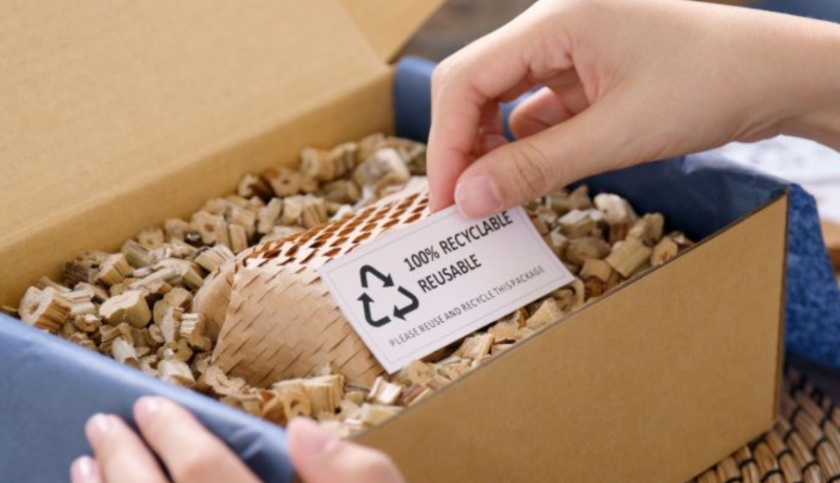Have you ever seen an article of clothing on the rack and thought, “I love how this fits, but does it come in [insert favorite color here]?”
Ralph Lauren might have an answer for you in the near future. The apparel brand has been working with Dow Chemicals to create a new process for cotton dyeing called ECOFAST Pure that reduces chemicals, water and energy, and could move garment dyeing into retail locations.
According to CNBC, Ralph Lauren has already used Dow technology in its “Color on Demand” project, which allows the company to dye the cotton at any point in the manufacturing process. Now that process could be available at the point of purchase.
“Ralph Lauren will be able to do something like put Color on Demand in one of their flagship stores in New York next year so that you can go in and get your Ralph Lauren polo dyed in that store,” Dow CEO Jim Fitterling said at a CNBC event. “That would have never been possible without this technology.”
Customization is something a lot of shoppers look for in their apparel. Buying habits have moved beyond one-size-fits-all solutions, and people want something that they feel was created with them in mind. That means different sizing options, personalization and more.
The global challenge to reduce carbon emissions and enhance water resiliency is far greater than #TeamDow or @RalphLauren can solve on our own.
That’s why we are sharing this solution — to harness the power of broad collaboration in addressing world challenges. #SeekTogether https://t.co/CUsHbFc1hH pic.twitter.com/ACqKCUDZ6E
— Jim Fitterling (@JimFitterling) October 13, 2021
While Ralph Lauren hasn’t officially said it will do in-store garment dyeing, such a move could draw people to its retail locations and reshape customer expectations toward the idea of instant customization in apparel.
And, customization aside, the environmental impact is huge—part of an industry-wide push for more sustainable apparel products. Buyers are not only looking for a product that seems like it was made for them, but also something they can feel good about buying and wearing.
Ken Butts, global key account manager at Datacolor, told CNBC that in an age where digital printing is becoming increasingly common for product decoration and manufacturing, apparel is often left out because of the nature of the product.
“It doesn’t mean that won’t be overcome some day,” he said. “But your typical polo shirt, it is manufactured first to look like a shirt and then dyed in the form of a shirt. You can’t print it, you can’t twist it around in there [the printer].”
Creating a dyeing method that relies less on prediction of what colors will be trendy next year and beyond, and using more materials and resources, can allow apparel decoration to move into the future along with digital printing.
“Dyeing fabrics to customer preferences is really exciting,” Butts added.
It is. It could result in shorter lead times when teams don’t have to spend time agonizing over what shades customers want, and it could keep large quantities of apparel out of landfills if the items don’t hit the mark. Customers can pick out a product, choose the exact shade they want, and walk out of the store or event with it.
Even bigger, it could significantly reduce the environmental impact of fabric dyeing, which uses 5 trillion liters of water each year, according to World Resources Institute.
We don’t want to dub something “the future” too hastily, but this is pretty exciting stuff.


